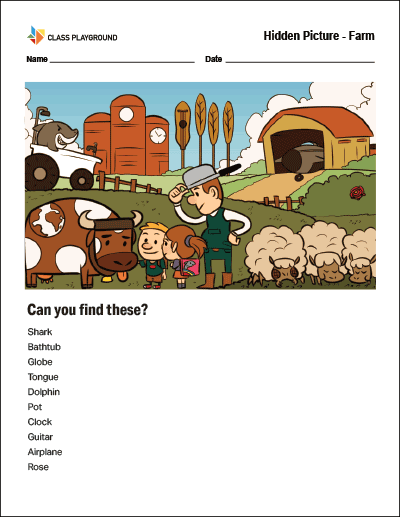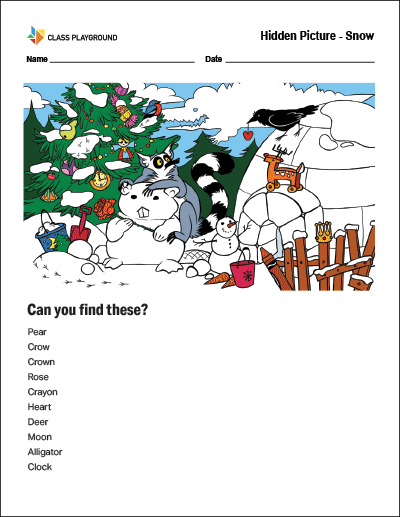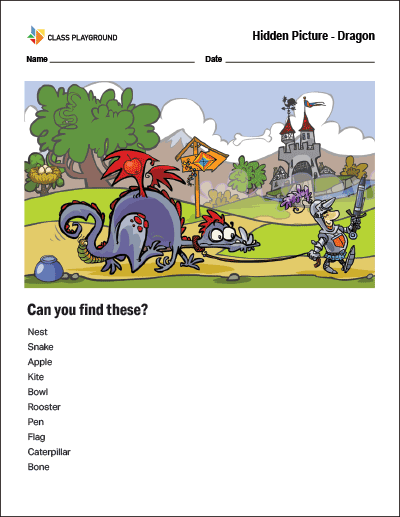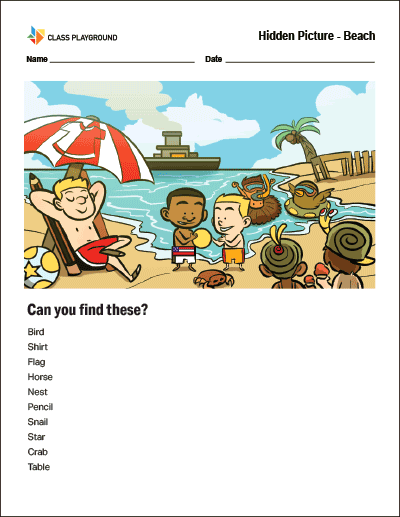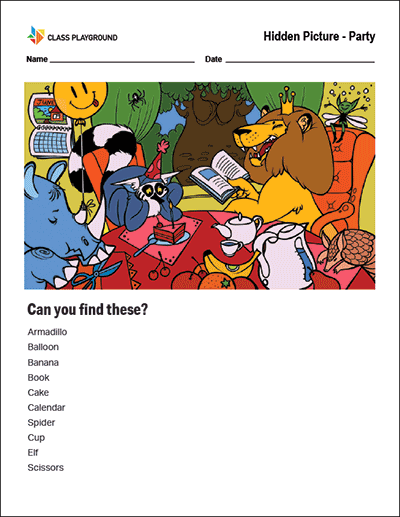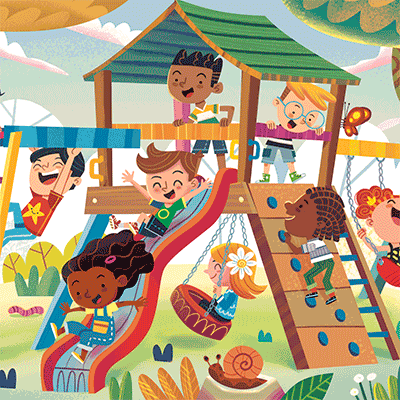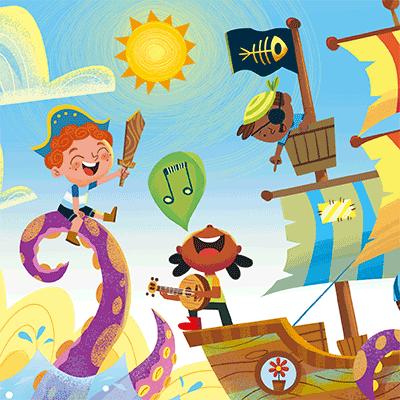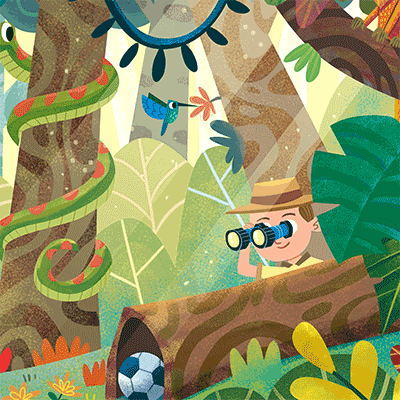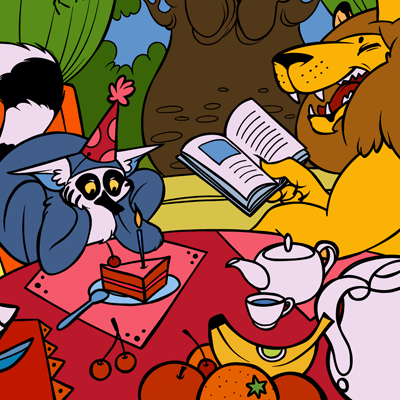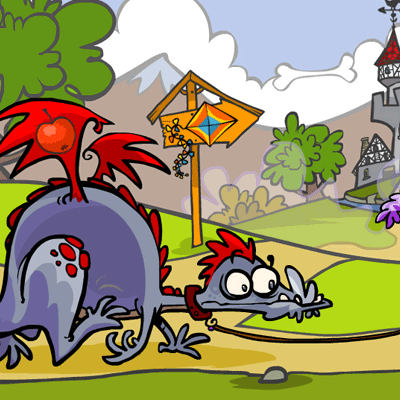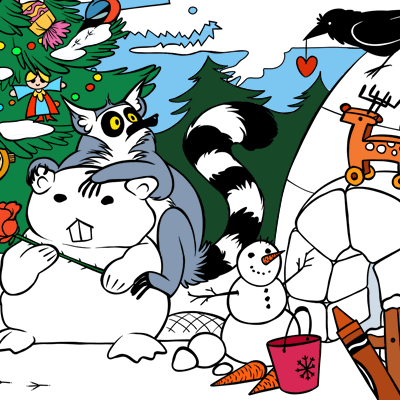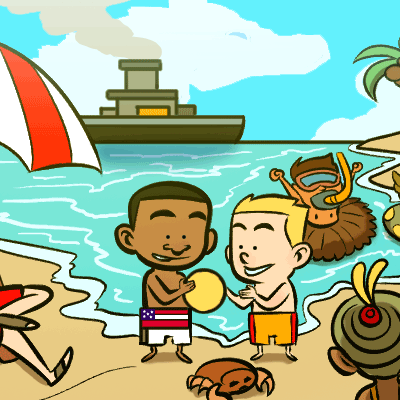What is vocabulary?
Vocabulary is the knowledge of words and word meanings in both spoken language and print. Children develop oral vocabulary first, and gradually transition this knowledge to written language.
Vocabulary plays a crucial role in learning to read. Let’s explore ways to build children’s vocabularies.
How Vocabulary Helps Reading
Vocabulary and background knowledge allow readers to make sense of what they read. Research links a better vocabulary to better reading comprehension. Children use their vocabulary knowledge to:
- Look at illustrations and predict what a written word might say
- Check whether a word they’ve read makes sense in context
- Understand the meaning of the words and sentences they read
- Add information read to their knowledge about the world
Ways to Build Children’s Vocabularies
Children learn new words through informal conversation, reading and direct teaching of words. Try to:
- Use interesting words in conversations during daily activities and observations. Examples: “The weather is sweltering today! Let’s make sure everyone drinks lots of water so you stay hydrated!” This bread dough is so sticky. Let’s check the recipe to make sure we added the right amount of flour.
- Explain words found books. Example: The book says, “The wolf huffed and puffed, but he couldn’t blow down the sturdy house of bricks.” Sturdy means something is built to be strong and not easily broken.
- Directly teach priority words. (See below for more information.)
Word Consciousness
Word consciousness is a sense of interest in words and word meanings. Word conscious people are more likely to build their vocabularies through everyday interactions because they are tuned into words they hear and read. They are also motivated to use words they learn. To encourage word consciousness:
- Comment when words have interesting sounds or meanings.
- Comment when you learn a new word yourself.
- Help children find just the right word to describe something. (E.g., You might call a drink “tart,” “sour,” or “acidic.”)
- Compliment children when they ask what a word means. Answer with a simple explanation.
- Point out opportunities to use a recently-learned word.
Types of Vocabulary Words
Isabel Beck, Margaret McKeown and Linda Kuncan describe a three-tier system for classifying vocabulary words in Bringing Words to Life: Robust Vocabulary Instruction (2013).
- Tier 1 words are common, every day words children usually learn without direct teaching. Examples: apple, sink, shoe
- Tier 2 words are academic words used in many different situations. These are words that are important to teach because children will encounter them in many contexts. Examples: anxious, collaborate, summary
- Tier 3 words are specialized words for a certain subject. These words would often be found in a textbook or a glossary. They are often taught as part of content-area instruction. Examples: equilateral, tornado, digestive
Vocabulary Teaching and Practice Strategies
It’s always important to give a straightforward, memorable definition of a new word. Asking children to guess the meaning of a word may lead to them remembering their incorrect guesses. Once you’ve introduced a word, you can also help students:
- Use the word in a sentence or story
- Act out a word
- Draw a picture that explains a word
- Make a word web that shows other words related to a word
Activity
Start a tradition that encourages children to learn new words in fun and memorable ways, like a Word of the Week. Here’s what to do:
- Choose a word each week that is useful in many different contexts.
- Share a simple definition of the word.
- Motivate children to listen for or use the word in different ways during the week – maybe awarding points for each time they recognize or use the word.
- Keep track of previous words learned and revisit them periodically.


